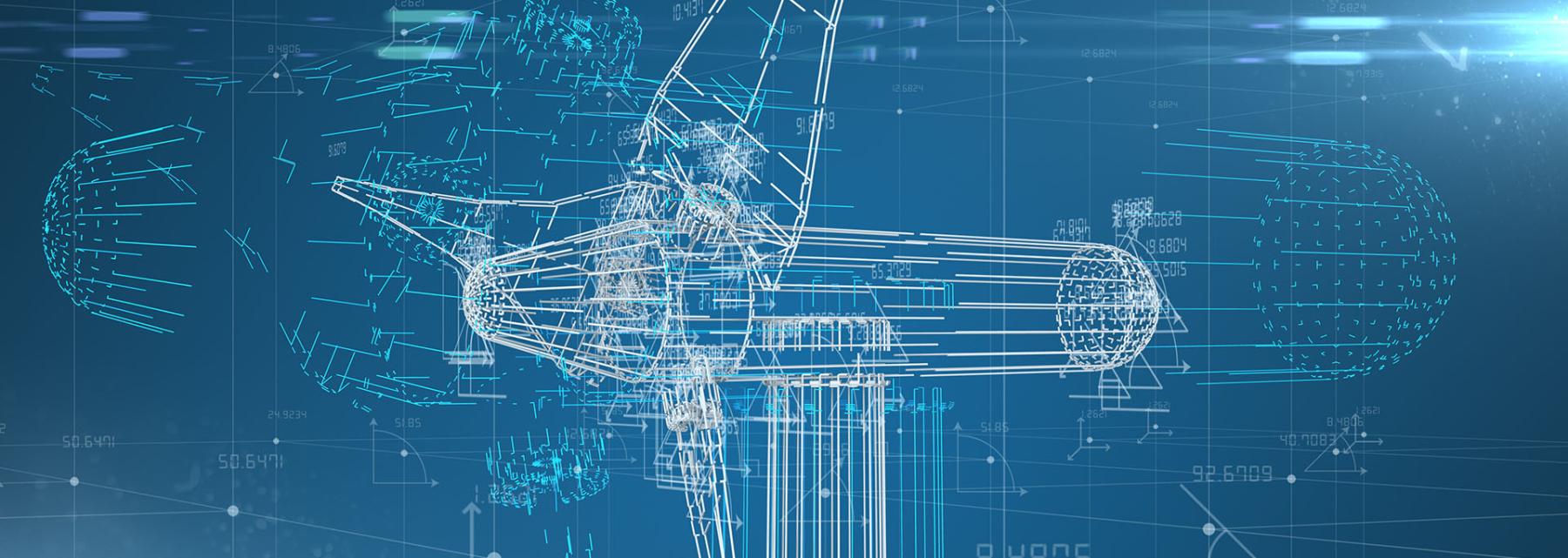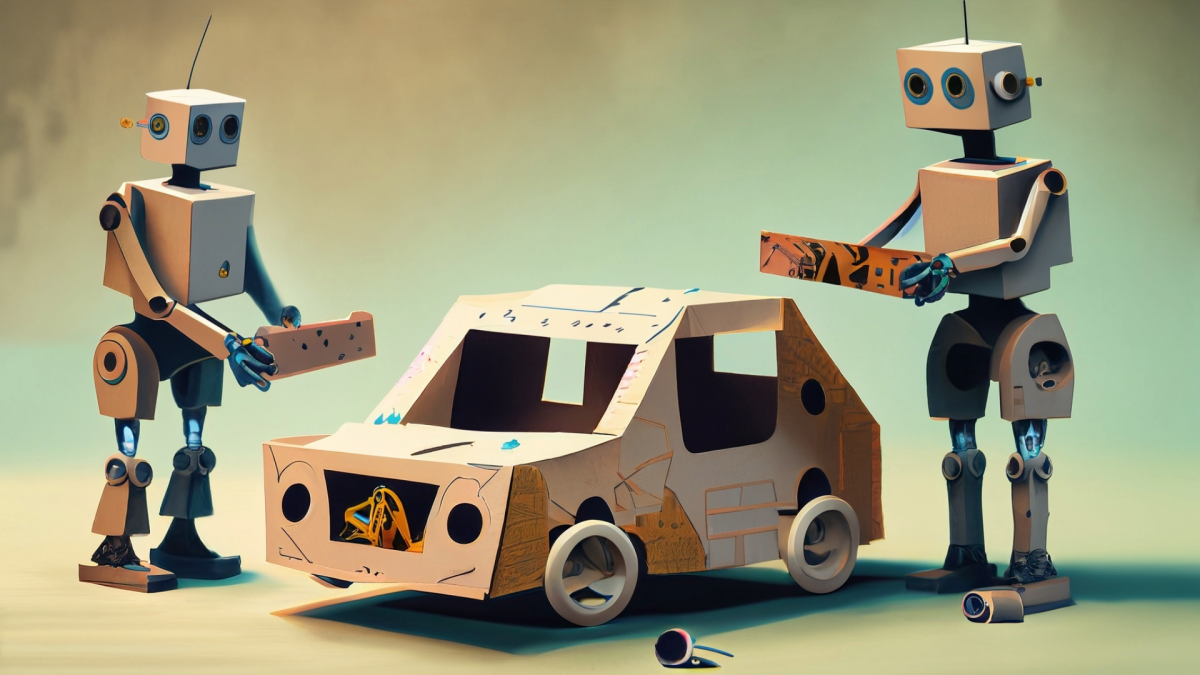
Simple Machine- Creating a Ferris Wheel: Part 1
by Amanda Roum
This is part 1 of a unit, other lessons are posted. In this lesson students will use prior knowledge of how wheels and axles work in order to create two symmetrical sides of a ferris wheel. This lesson will focus on angles and measurement to ensure that each part of their sides are symmetrical.
Lesson Plan Link/URL
https://docs.google.com/presentation/d/1nX0eWdFlWQbdH3O2YBR0a_gH-W3442iy/edit?u…Subject Area
Science Physical Science P3: Net Force P4: Energy Transfer Technology 6. Creative Communicator Engineering S2: Apply the Engineering Design Process S3: Apply Mathematics to Engineering S4: Apply Science to Engineering S6: Apply Communications to Engineering Mathematics Measurement and Data (MD) Geometry (G)Related Content

Grades:
3rd Grade, 4th Grade, 5th Grade
Learn about forces and motion while reading the book Sheep in a Jeep and doing activities to determine the average distances of objects in motion.

Grades:
2nd Grade, 3rd Grade, 4th Grade, 5th Grade
This unit has lessons which will introduce students to phenomena we encounter in the real world. Students will learn about high interest phenomenon through hands-on investigations. Students will

Grades:
6th Grade, 7th Grade, 8th Grade
Students will investigate the properties of different types of matter and apply the concept of "P1: Matter" to design, model, and 3D print an object using a MakerBot 3D printer. Hands-On STEM Design

